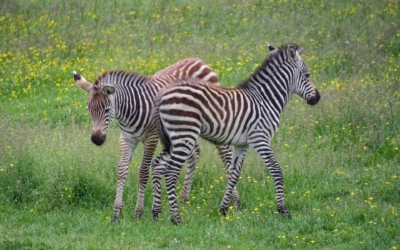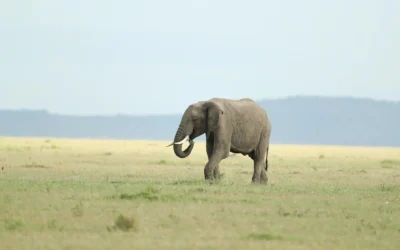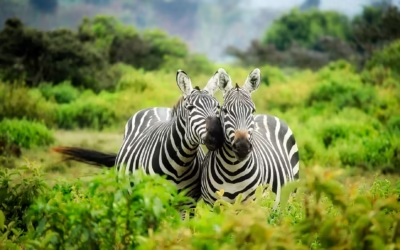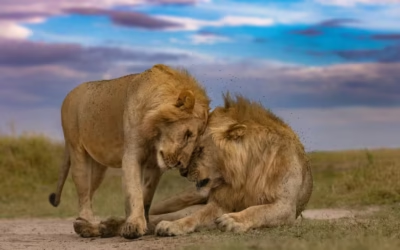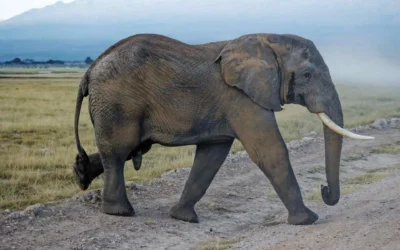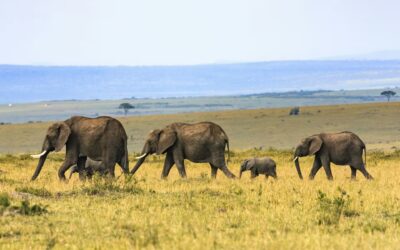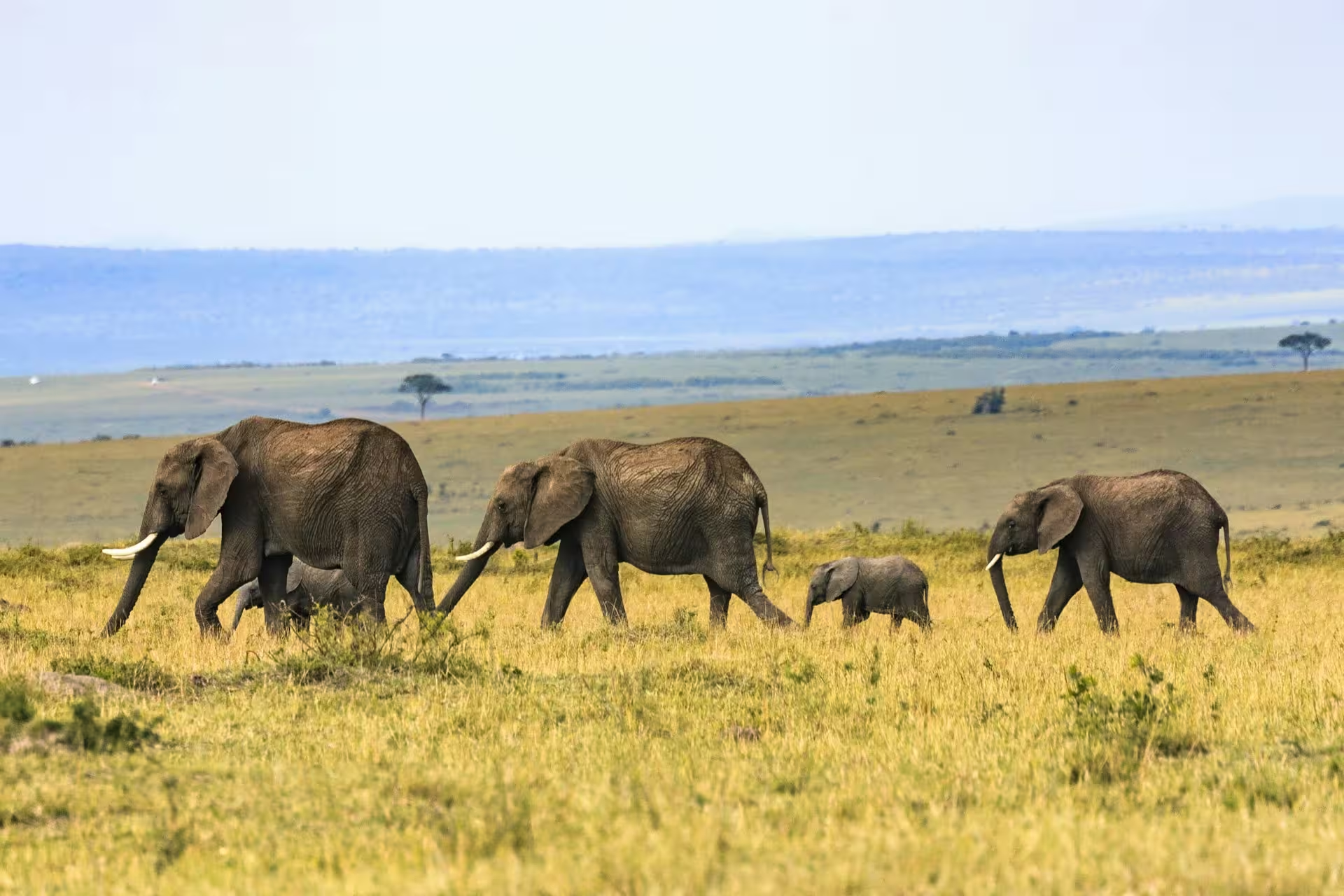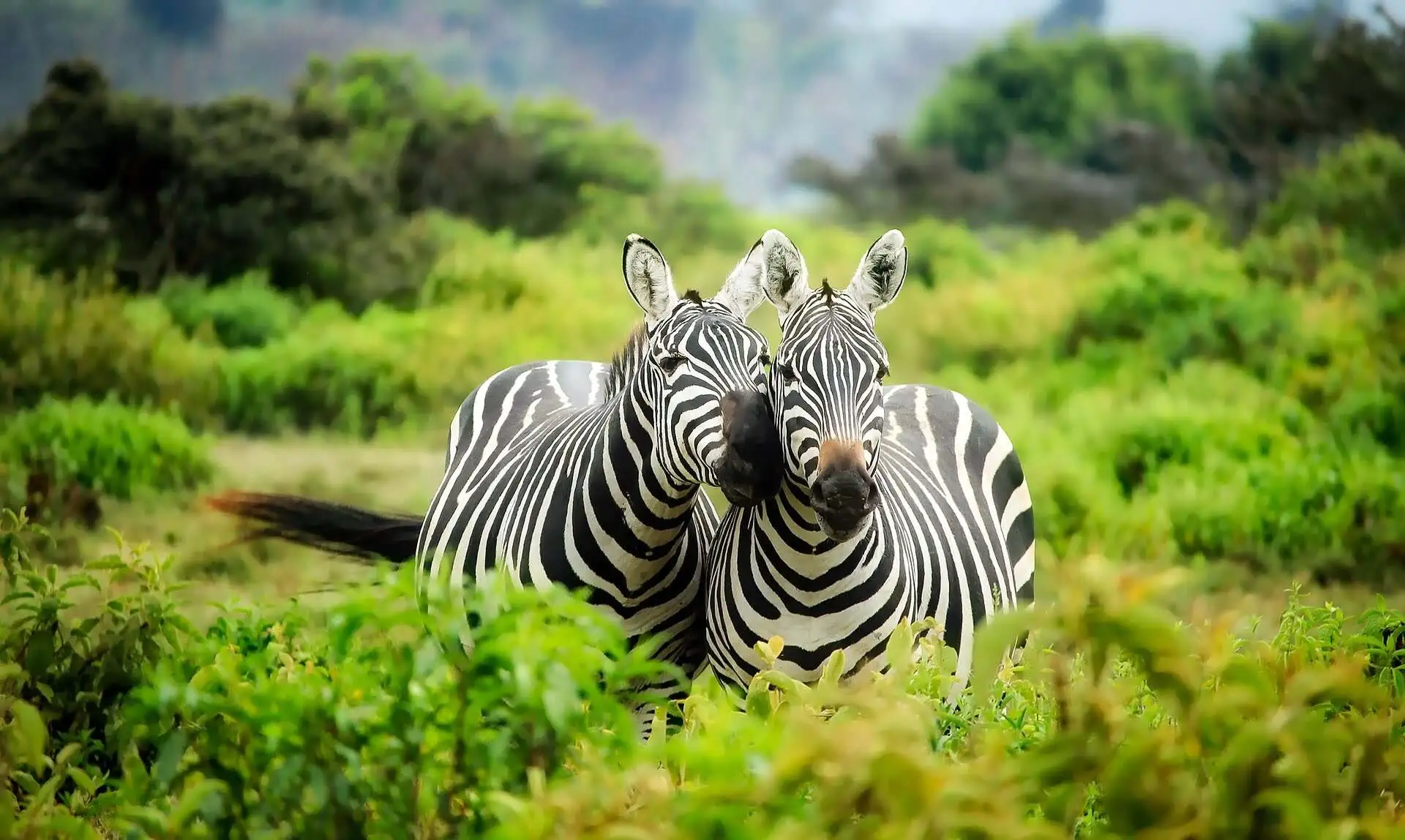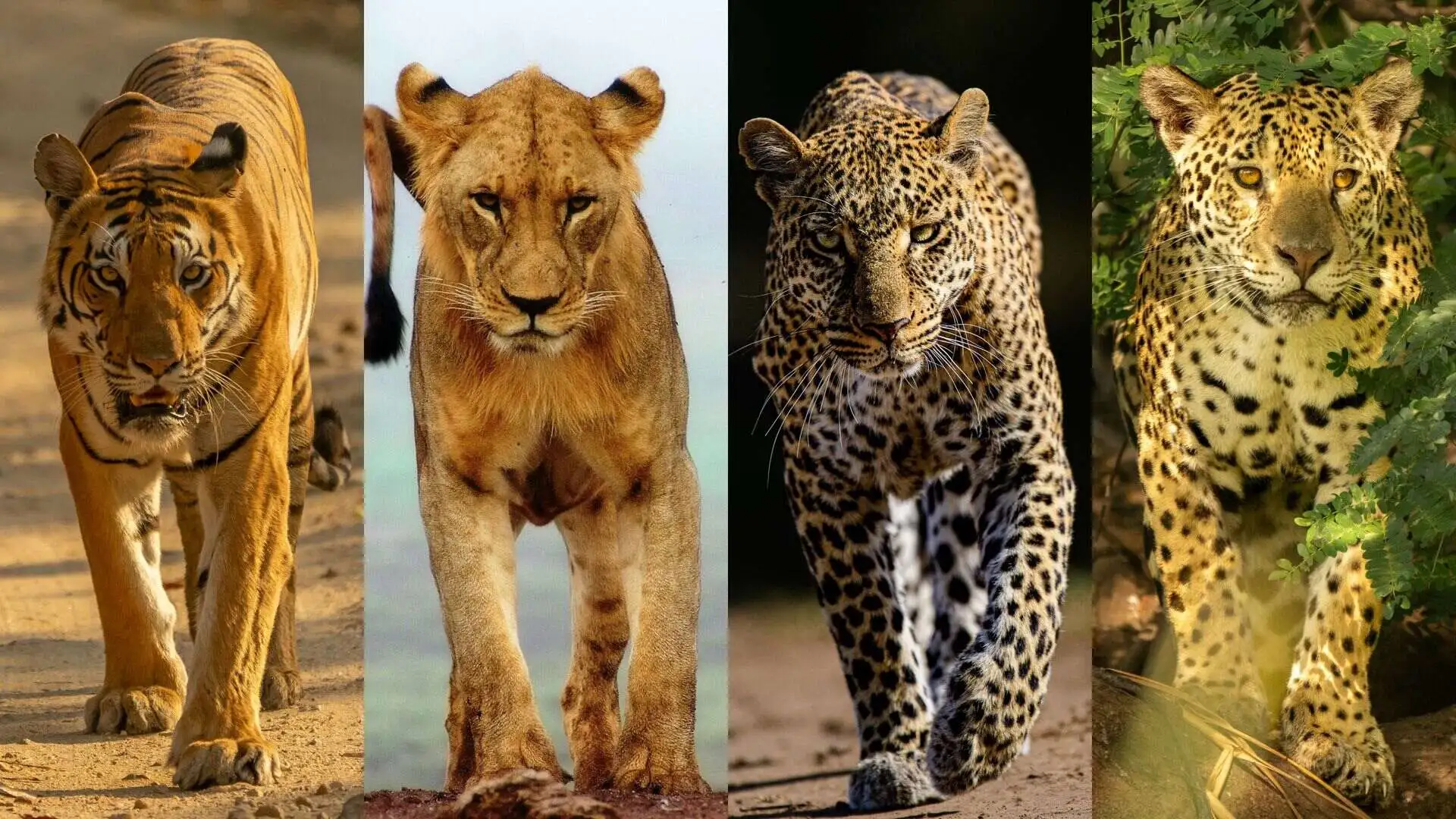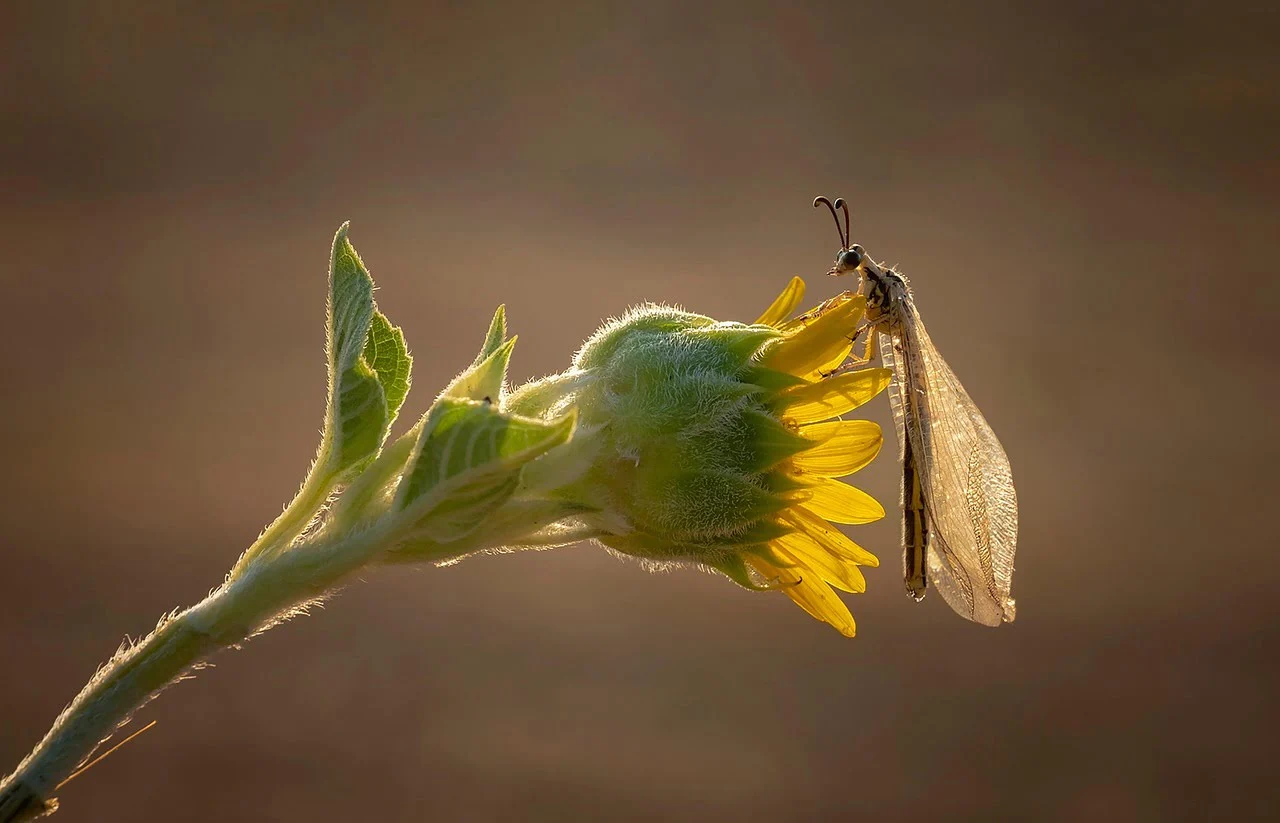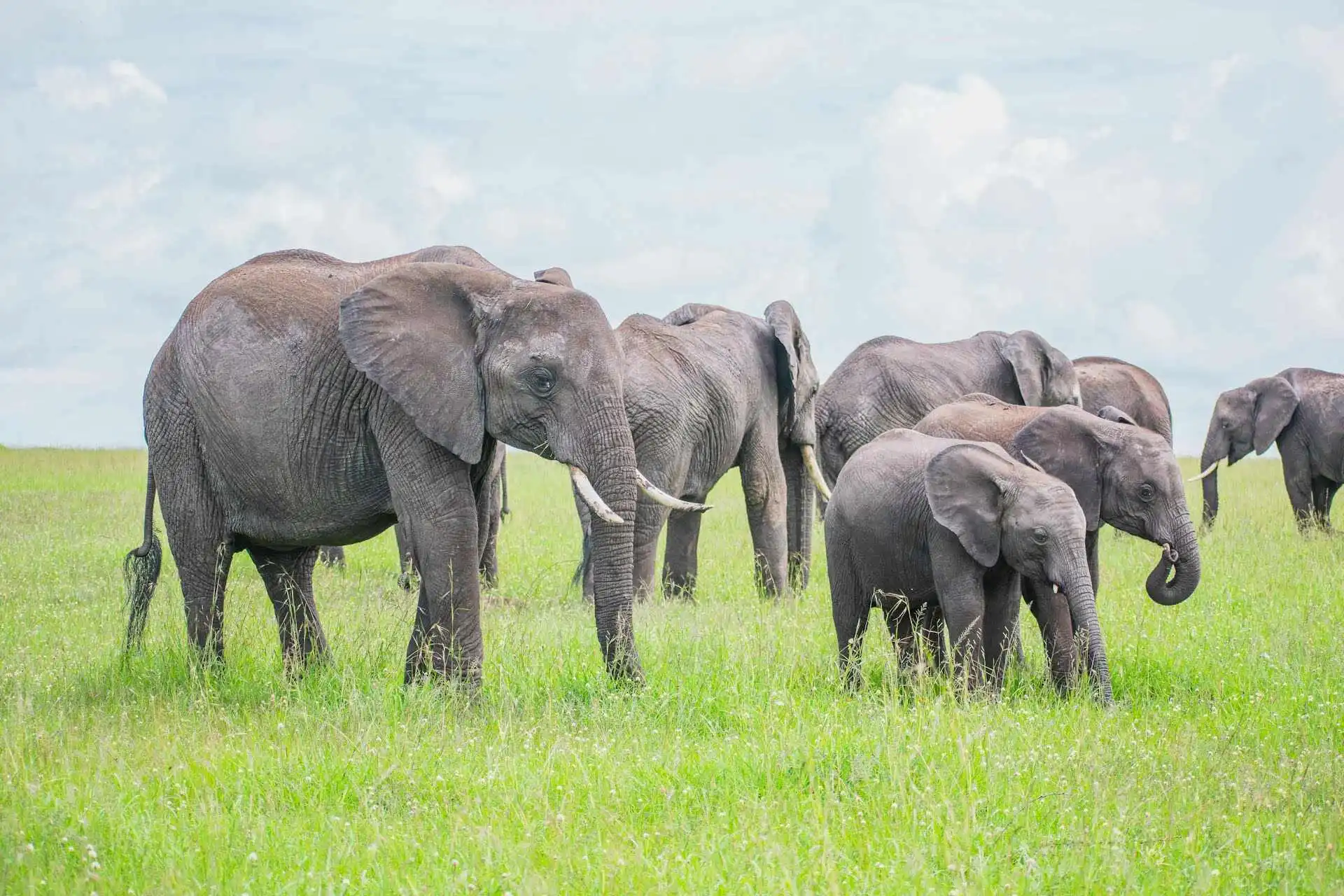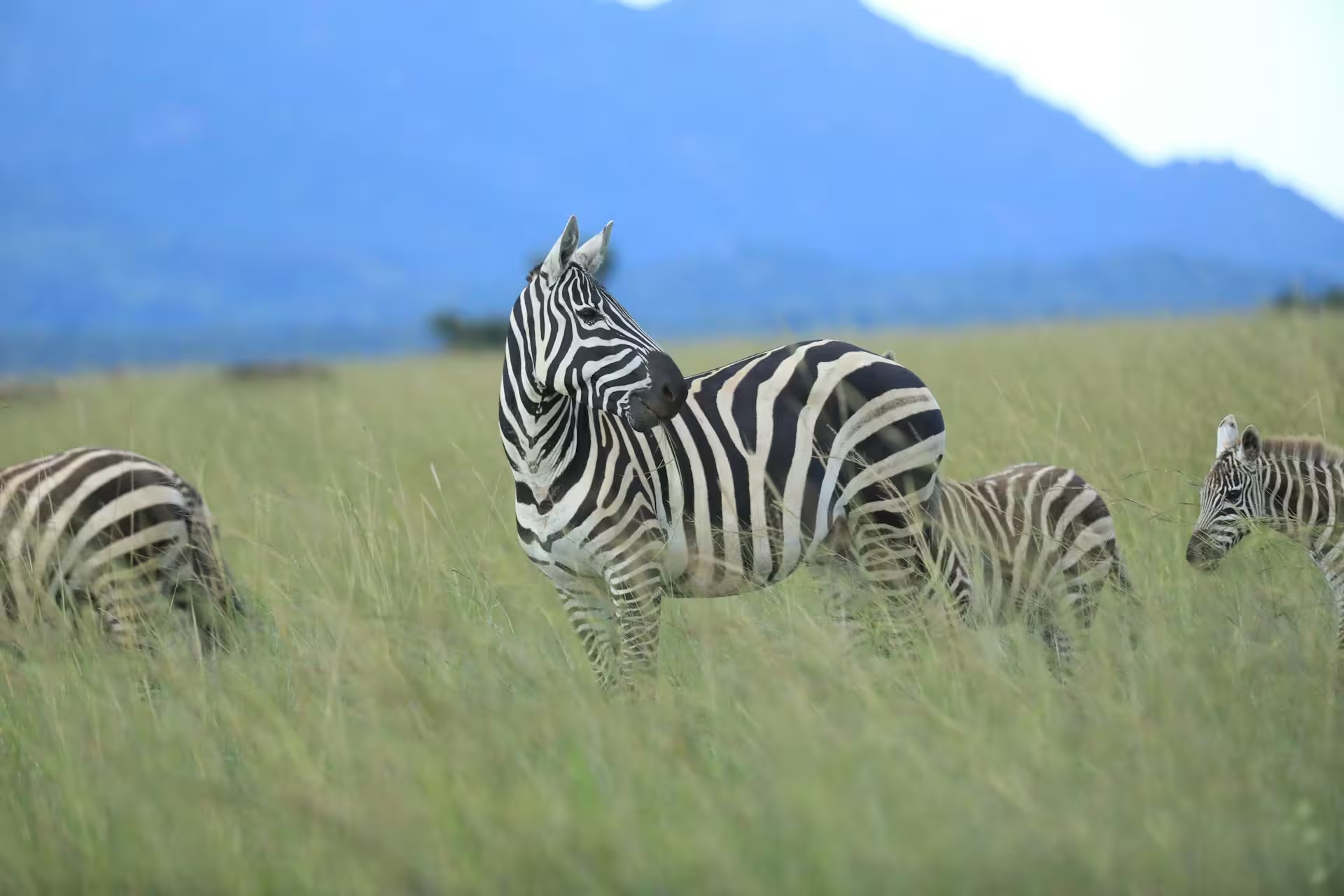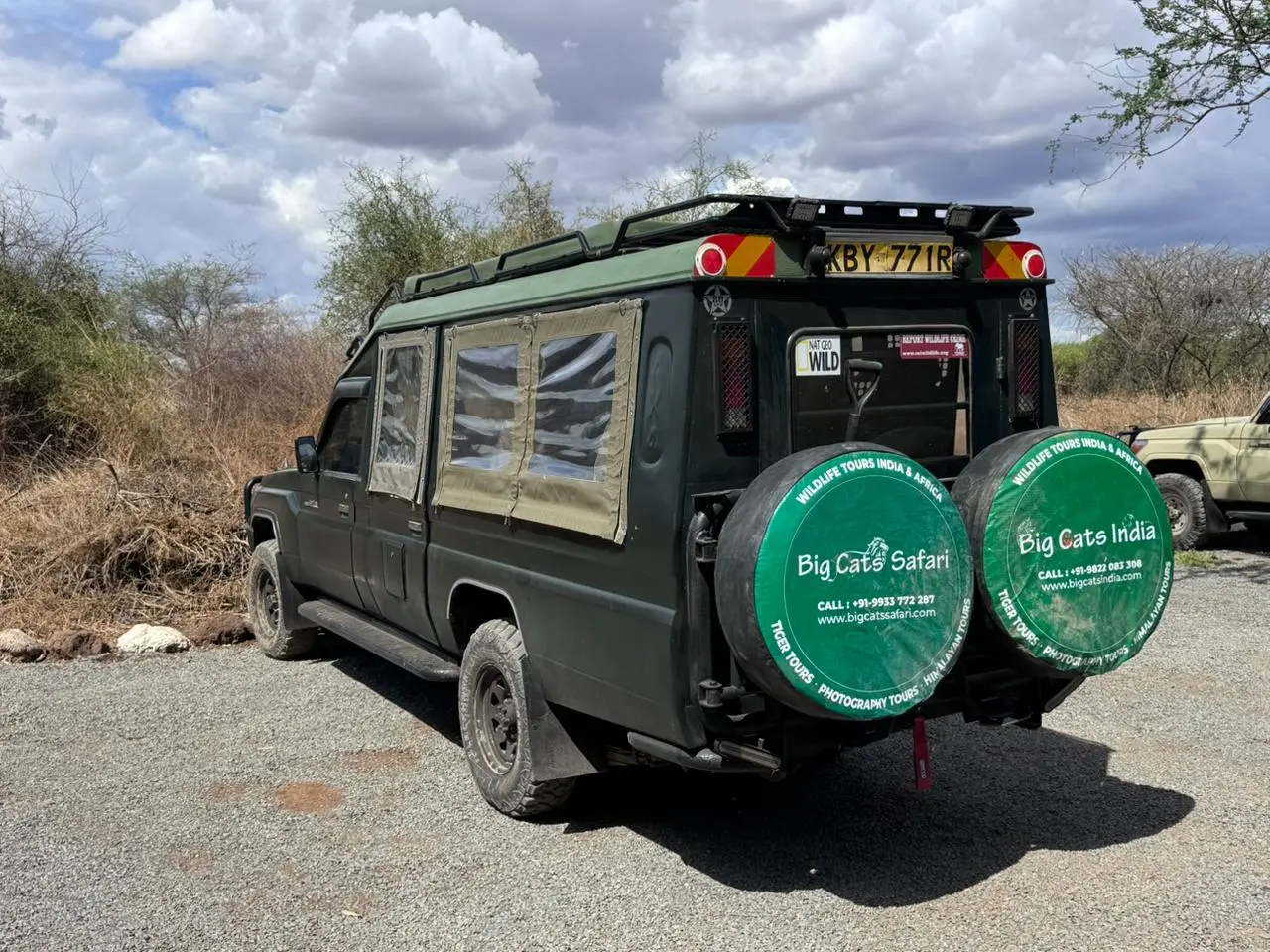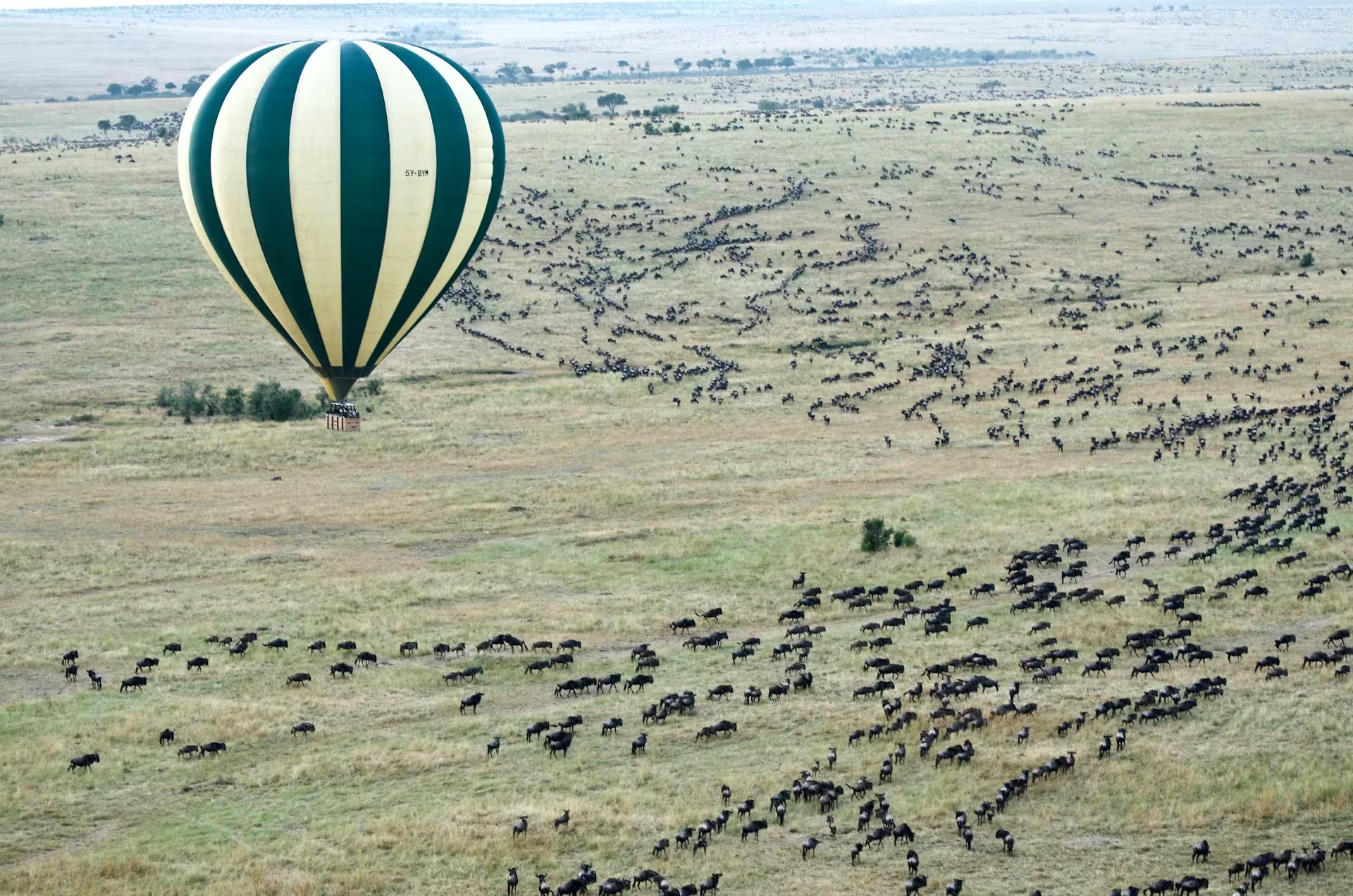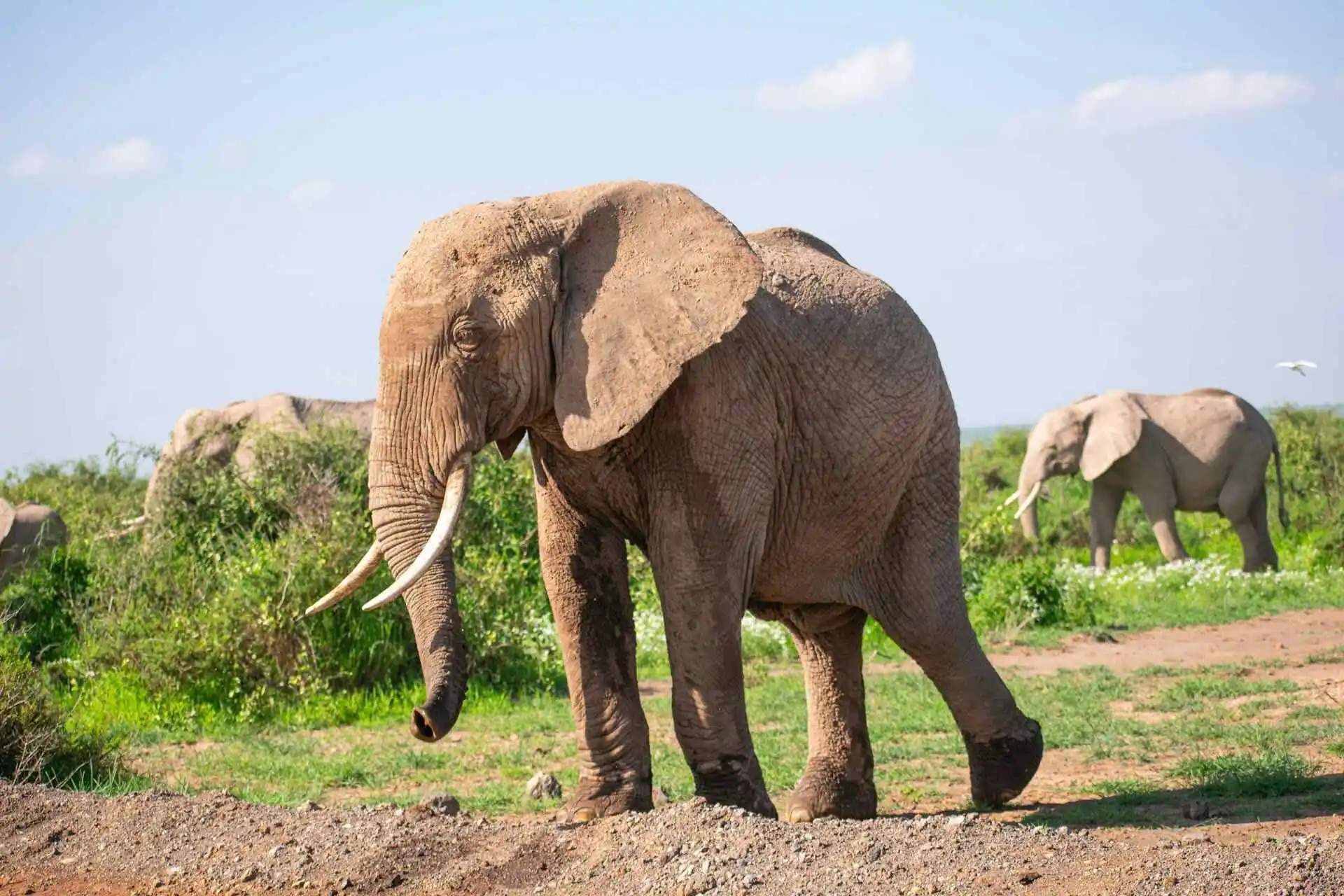Lions rule the African plains, yet some stand out as true legends.
Scarface became one of those lions. He wore a deep scar above his right eye. That mark made him easy to spot. It also made him famous. Photographers, guides, and visitors knew his face across the Masai Mara.
Who Was Scarface?
Scarface was born in 2008. He grew up in Kenya’s Masai Mara. He belonged to a coalition known as the Four Musketeers. The other males in that group were Hunter, Sikio, and Morani. Together, they held large territories and defended many prides. Scarface gained his name after a fight left a long wound over his right eye in 2012. The injury did not end his reign. He continued to lead and to hunt. Guides often pointed him out on morning drives. Photographers called him one of the most photographed lions in Africa.
Scarface and the Four Musketeers
Male coalitions give lions clear advantages in open savannahs. They let males control more land, defend more cubs, and face rivals with strength in numbers. The Four Musketeers used that pattern well. They marked and defended wildlife corridors across the Mara. Patrols of dominant males kept rival coalitions at bay. Scarface became the face of the group because of his scar and his stance. That made him easy to tell apart in the field. Guides used his presence to teach guests about lion behavior and lion social structure.
Life as a Dominant Male
At his peak, Scarface held sway over wide areas of the Mara. He had a thick mane and a large frame. Tourists traveled to see him. Filmmakers filmed him for documentaries. Lionesses in his territory raised cubs that carried his genes. Scarface and his brothers stepped in to protect those cubs. They fought rivals and patrolled boundaries. Those fights sometimes left deep wounds. Scarface carried many scars but kept his place as a top male. Even when he limped, he still led hunts and defended territory.
Scarface in Documentaries and Media
Scarface’s look and his story made him ideal for media. Documentaries often used him to show real-life lion battles and pride leadership. Magazines ran his photographs across full pages. Social media users shared video clips and stills. Conservation groups placed his image in campaigns that aimed to draw attention to wildlife needs. For many international viewers, Scarface became the image of the Mara itself. His fame helped tie visitor interest to conservation issues on the ground.
The Final Years of Scarface
Time and injuries slowed Scarface by his later years. Age and repeated fights reduced his strength. Younger coalitions started to challenge his hold on territory. He lost weight and showed a visible limp. Still, he stayed in the Mara and kept moving through the lands he once ruled. In June 2021 he died at the age of 13. Reports listed natural causes rather than a deadly takeover by rivals. His passing marked the end of a well-known era in that region. Guides, photographers, and conservation staff remembered him with respect and many photographs.
What Scarface Teaches Us About Conservation
Scarface’s life shows how fragile big cat survival can be. Lions face loss of habitat, conflicts with people, and the constant threat of rival violence. His fame pulled attention toward those facts. Visitors who came to see him also brought funding that helped anti-poaching patrols and local community projects. Protecting lions requires clear action on several fronts. Habitat protection matters. Safe corridors between reserves matter. Support for local people matters so that livestock losses do not trigger retaliation. Scarface’s story made those elements easier to explain to international audiences.
Visiting the Masai Mara: Following Scarface’s Legacy
The Masai Mara still offers high chances to see wild lions. Many guides who watched Scarface now tell his story on safari drives. That story helps visitors connect with the wider conservation work in the area. Tour operators that follow ethical practices direct part of their revenue to community projects and anti-poaching teams. Responsible visits bring funds for ranger salaries and for education programs that reduce human-wildlife conflict. Travelers who choose operators with clear conservation links help keep the Mara healthy for future generations of lions and of people.
Key Takeaways
- Scarface belonged to the Four Musketeers and was born in 2008.
- He earned his name after a 2012 wound above his right eye.
- He became one of the most photographed lions in Africa.
- He lived to age 13 and died in June 2021 of natural causes.
- His fame helped raise awareness about threats to lions and their habitat.
Action Points for Conservation
- Support organizations that protect lion habitats in Kenya.
- Book safaris with operators that invest in local communities.
- Share accurate stories and photos that highlight conservation needs.
- Help fund or back projects that reduce livestock loss for people.
- Promote policies that keep wildlife corridors open between reserves.
Closing Thoughts
Scarface rose from the grasses of the Mara and became a public figure across the globe. His scar marked him as a survivor, and his reign shaped a generation of lions in the Mara. Photographs and films keep his image alive. The funds and attention his presence drew continue to help conservation teams on the ground. The Masai Mara remains a top place to observe wild lions. The lessons from Scarface’s life still guide work to protect big cats and their lands. His story stays with those who saw him, and it guides the people who now guard the plains he once walked

